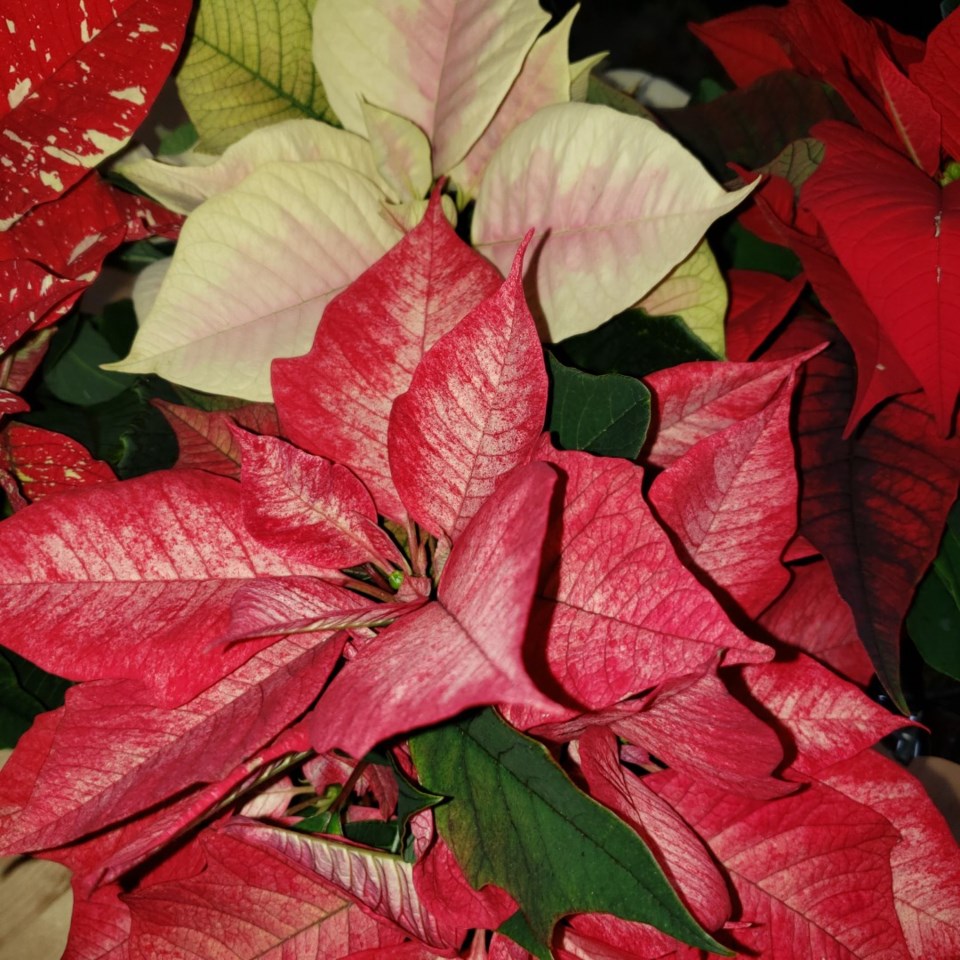YORKTON - Well, we’re officially into the new year now, the days are getting a bit longer, even though we can’t really see much change yet…and if you received any holiday plants as gifts, it might be time to take stock and see how they are doing.
Some plants like ivies, pothos, and rosemary carry on like regular houseplants, but questions might come up about how to care for “holiday” plants. One might be the beautiful Christmas cactus. Christmas cactus can last for years with proper plant care, so I did a bit of homework to find out what living conditions they prefer.
They do like bright light, but indirect, so no putting the container right in a sunny window. They also don’t want to be in the direct path of warm air coming from a furnace vent (or chilly air near a door). The plants like moderate temperatures during the day, and don’t mind cooler temperatures at night. We should water them only when they feel dry, and we should remember that this is a plant that does not mind –°¿∂ ”∆µ a bit potbound.
And if we have good luck with the plant and it is still with us later in the year, how do we get it to flower again? Starting at the end of September, we should move the plant to a spot where it gets at least twelve hours of darkness daily. Interrupting this restful break for the plant could be enough to throw off its schedule and not bloom again for us.
And here’s a factoid you may not know: the plant we always call ‘Christmas cactus” (with the fancy name schlumbergera russelliana, also has cousins that are known as the Easter cactus, rhipsalidopsis gaetneri and the Thanksgiving cactus, schlumbergera truncata. They may look similar, but there are differences between them, mainly the time when they flower. Also, the leaves are slightly different. The “Thanksgiving” cactus has leaves with sharp, pointed edges. The “Christmas” cactus leaves are rounded but smoother; and the “Easter” cactus leaves are rounded and have little bristles at the joints of the leaves.
Now, on to poinsettia. Once Christmas is past, we can stop thinking of the plant as a holiday decoration and start thinking of it as it really is: a tropical plant. In January, it would be good to give the plant some fertilizer to replenish it. The plant will enjoy a sunny location, but not near any hot-air vents of drafts of cold. Over-watering would be a problem, so we should keep it on the dry side (dry down “to one knuckle”, I read) between waterings.
Okay, fast-forward to spring. If the plant is still with us and we want to keep it going, we should cut it down to about six inches. This is never an easy thing to do with any plants, but they are rejuvenated by this help, putting their energy and effort into new growth. We could transplant it, if needed, into a pot one size larger than where it lives now. And we can give it some fertilizer to perk it up after the shock of –°¿∂ ”∆µ trimmed. It will want good light, but not direct light.
It may or may not bloom again. Remember, those velvety red leaves are not flowers. They are bracts. The little yellow bumpies in the middle of the flower are actually the blooms. But the leaf shape is interesting and it would make a nice houseplant, even without the colored bracts.
The garden looks asleep now, but as Luther Burbank said, “Every gardener knows that under the cloak of winter lies a miracle.” It’s all waiting for spring, just as we are! Visit the hort society at www.yorktonhort.ca. Thank you to our friends at YTW for their fine work every week.
Have a good day!






